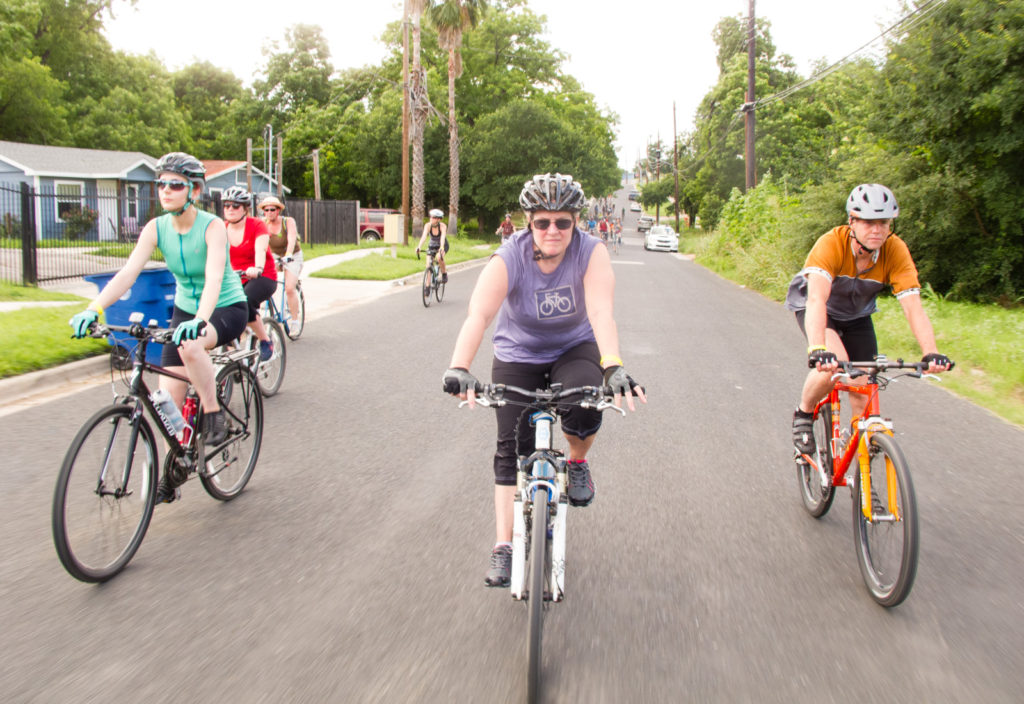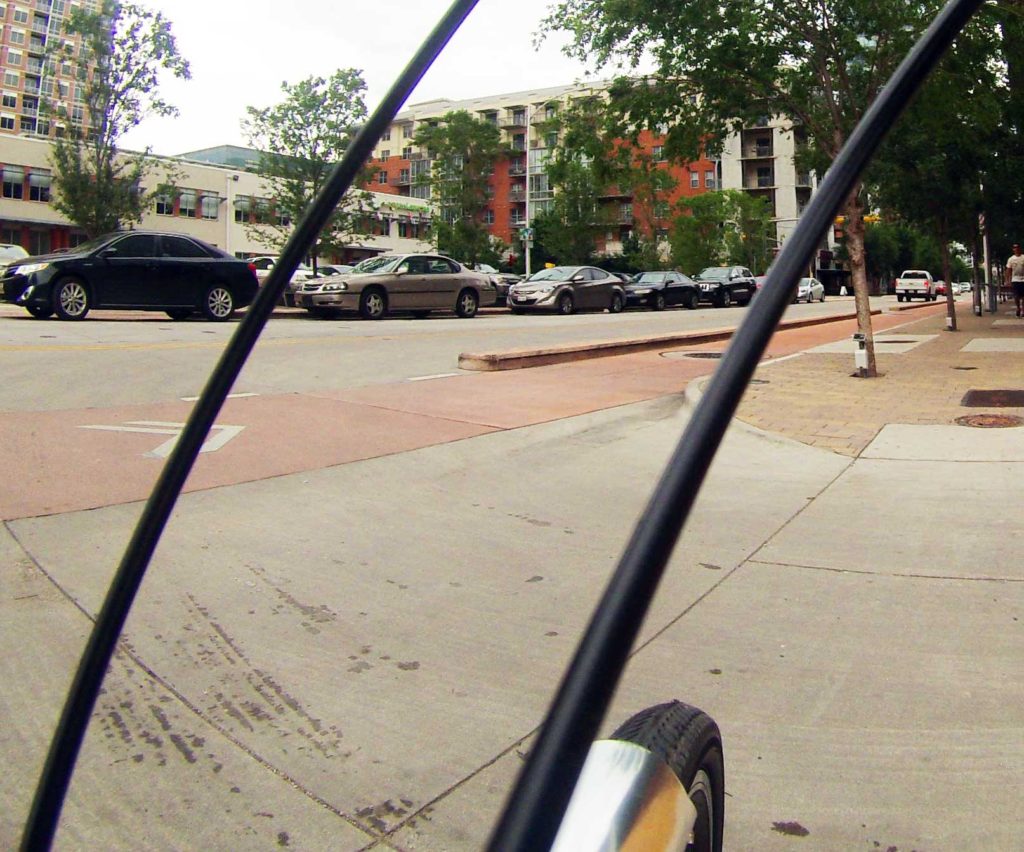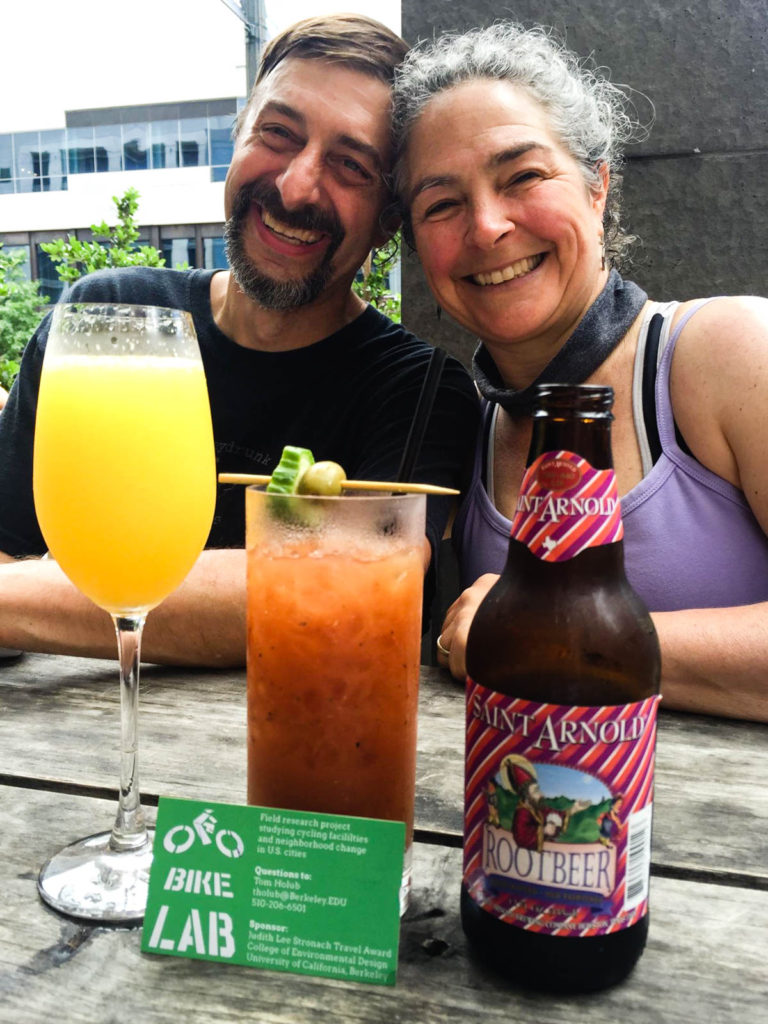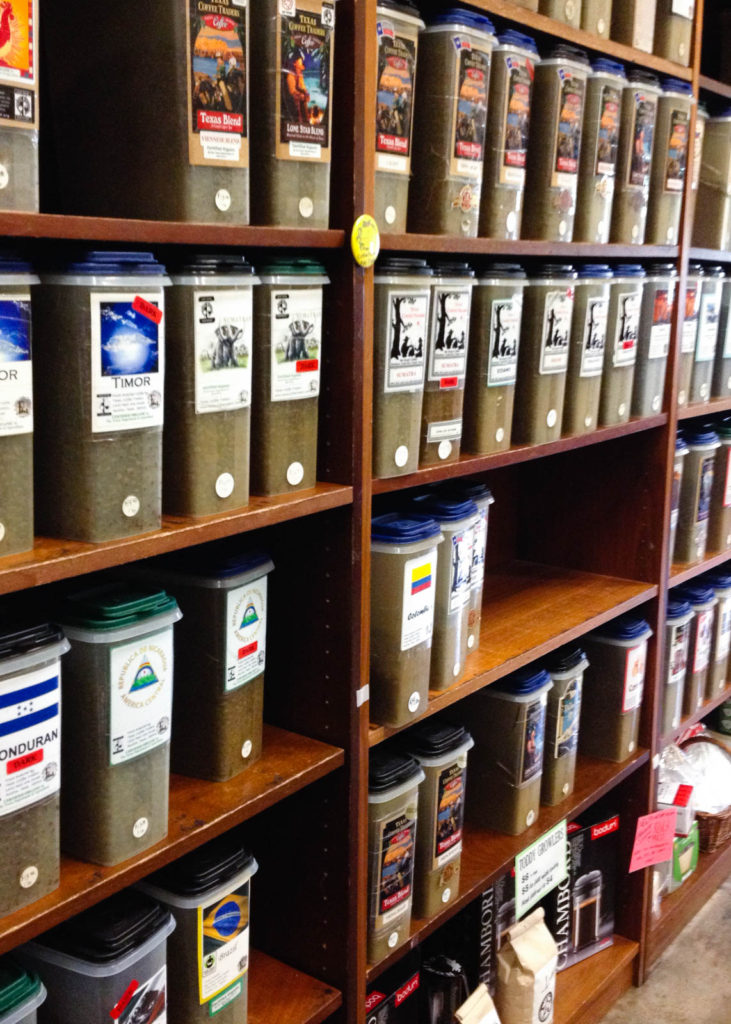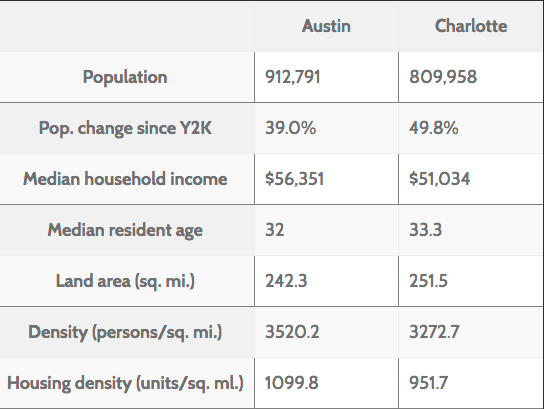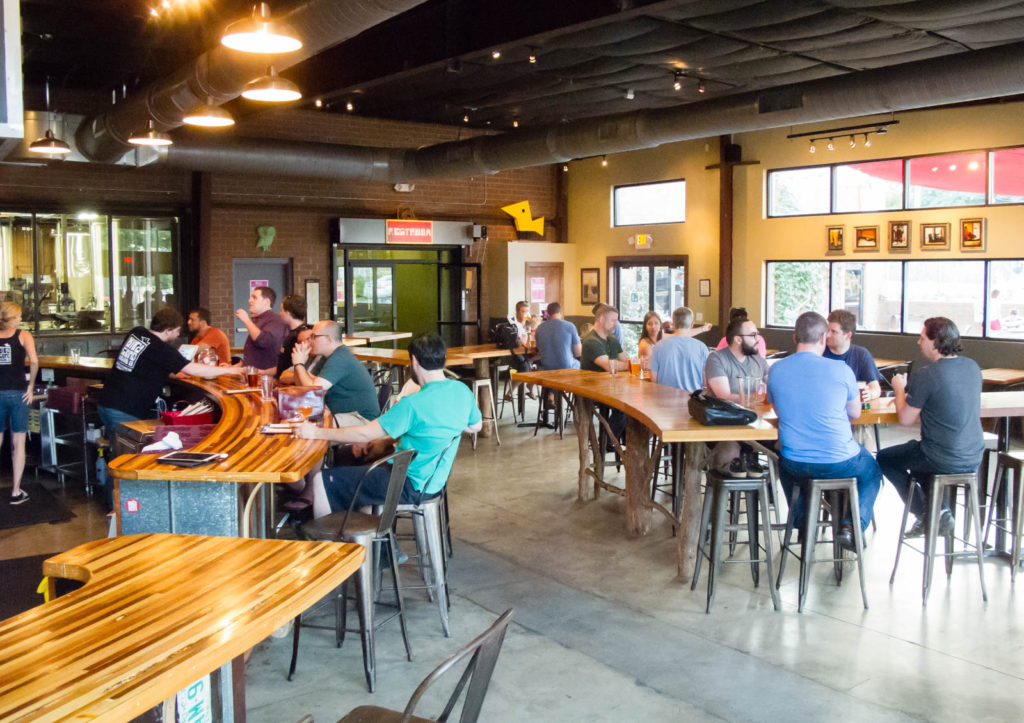Spring Fling
From the bike rental place we were headed out to Bike Austin’s Spring Fling ride. This was a slightly more organized social ride than the ones I’d done in Charlotte; a $10 entry fee got you a beer at the start, coffee at the midpoint, and beer at the finish, all from local businesses who support cycling. Like the social rides in Charlotte, the idea was to have a non-lycra, low speed, fun group ride with a focus on seeing different parts of the city.

